Here are 10 Important Government Schemes In Agriculture Sector :
- E-NAM
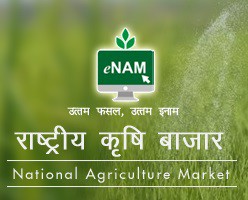
National Agriculture Market (eNAM) is a pan-India electronic trading portal which networks the existing APMC mandis to create a unified national market for agricultural commodities.
Small Farmers Agribusiness Consortium (SFAC) is the lead agency for implementing eNAM under the aegis of Ministry of Agriculture and Farmers’ Welfare, Government of India.
VISION
To promote uniformity in agriculture marketing by streamlining of procedures across the integrated markets, removing information asymmetry between buyers and sellers and promoting real time price discovery based on actual demand and supply.
MISSION
Integration of APMCs across the country through a common online market platform to facilitate pan-India trade in agriculture commodities, providing better price discovery through transparent auction process based on quality of produce along with timely online payment
- National Mission for Sustainable Agriculture (NMSA)
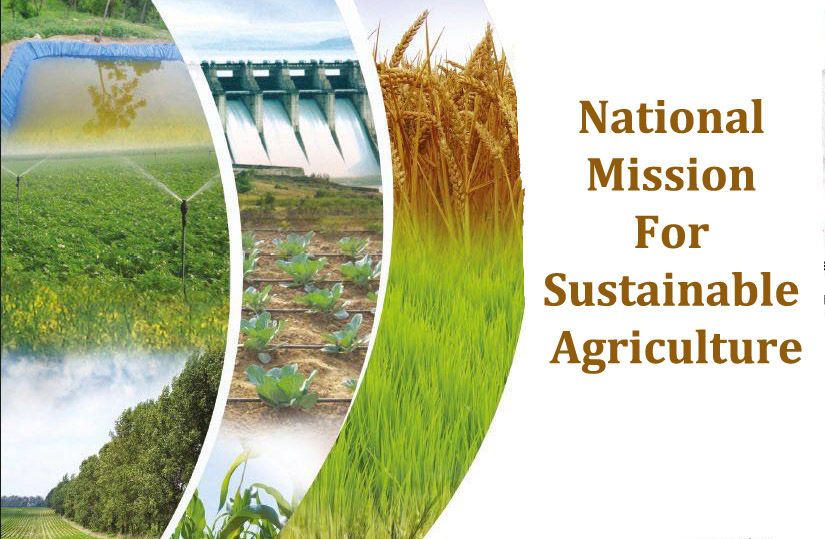
National Mission for Sustainable Agriculture (NMSA) has been formulated for enhancing agricultural productivity especially in rainfed areas focusing on integrated farming, water use efficiency, soil health management and synergizing resource conservation.
NMSA will cater to key dimensions of ‘Water use efficiency’, ‘Nutrient Management’ and ‘Livelihood diversification’ through adoption of sustainable development pathway by progressively shifting to environmental friendly technologies, adoption of energy efficient equipments, conservation of natural resources, integrated farming, etc.
Schemes under NMSA
- Rainfed Area Development (RAD): RAD is being implemented by RFS Division
- Soil Health Management (SHM): SHM is being implemented by INM Division
- Sub Mission on Agro Forestry (SMAF): SMAF is being implemented by NRM Division
- Paramparagat Krishi Vikas Yojana (PKVY): PKVY is being implemented by INM Division
- Soil and Land Use Survey of India (SLUSI): Being implemented by RFS Division
- National Rainfed Area Authority (NRAA): Being implemented by RFS Division
- Mission Organic Value Chain Development in North Eastern Region (MOVCDNER): Being implemented by INM Division
- National Centre of Organic Farming (NCOF): Being implemented by INM Division
- Central Fertilizer Quality Control and Training Institute (CFQC&TI): implemented by INM Division
- Pradhan Mantri Krishi Sinchai Yojana (PMKSY)
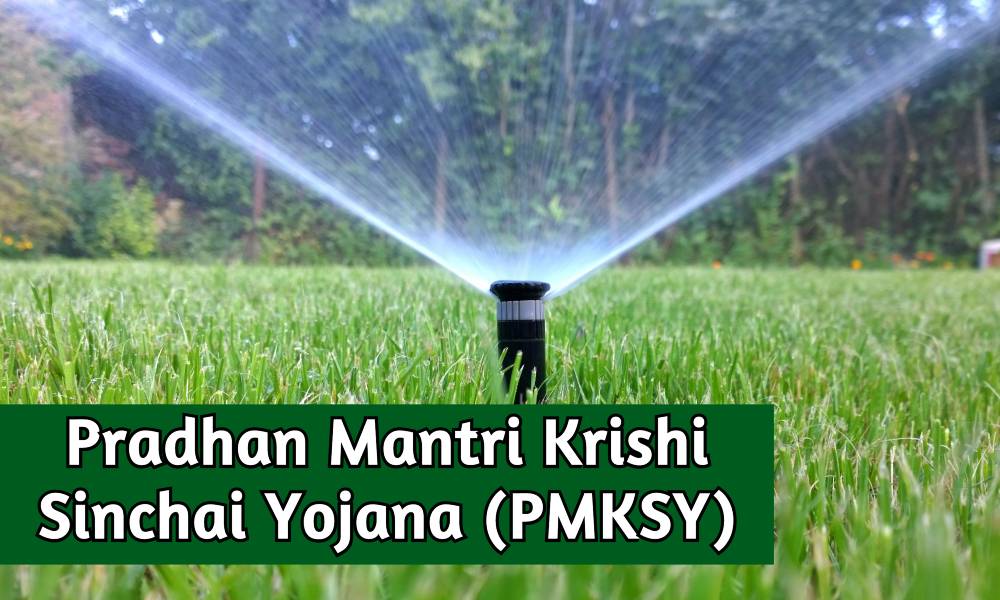
Har Khet ko Pani “Prime Minister Krishi Sinchayee Yojana”
Government of India is committed to accord high priority to water conservation and its management. To this effect Pradhan Mantri Krishi Sinchayee Yojana (PMKSY) has been formulated with the vision of extending the coverage of irrigation ‘Har Khet ko pani’ and improving water use efficiency ‘More crop per drop’ in a focused manner with end to end solution on source creation, distribution, management, field application and extension activities.
- Paramparagat Krishi Vikas Yojana (PKVY)
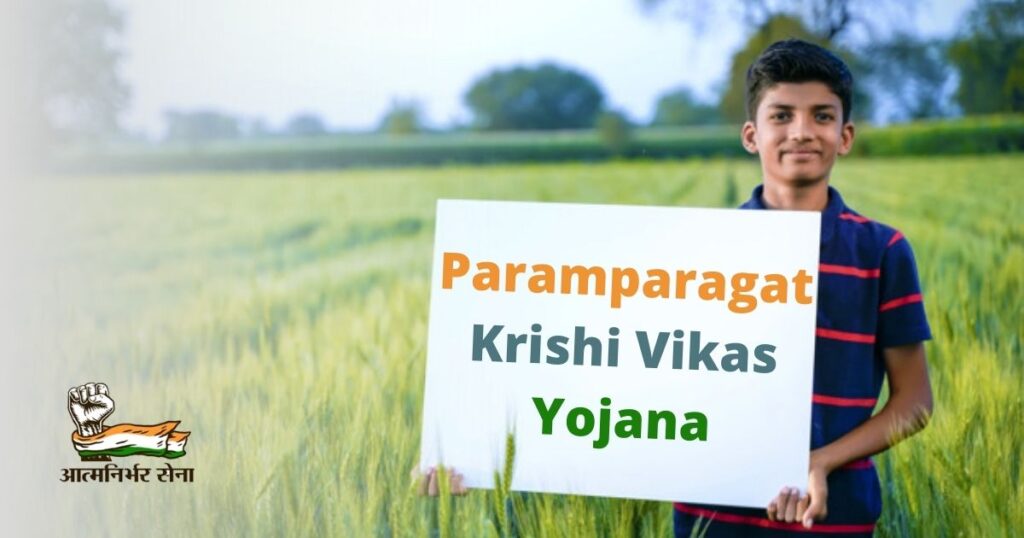
The Paramparagat Krishi Vikas Yojana (PKVY), an initiative to promote organic farming in the country, was launched by the NDA government in 2015.
According to the scheme, farmers will be encouraged to form groups or clusters and take to organic farming methods over large areas in the country.
The aim is to form 10,000 clusters over the next three years and bring about five lakh acres of agricultural area under organic farming. The government also intends to cover the certification costs and promote organic farming through the use of traditional resources.
To avail the scheme, each cluster or group must have 50 farmers willing to take up organic farming under the PKVY and possess a total area of at least 50 acres. Each farmer enrolling in the scheme will be provided INR 20,000 per acre by the government spread over three years time.
- Pradhan Mantri Fasal Bima Yojana (PMFBY)
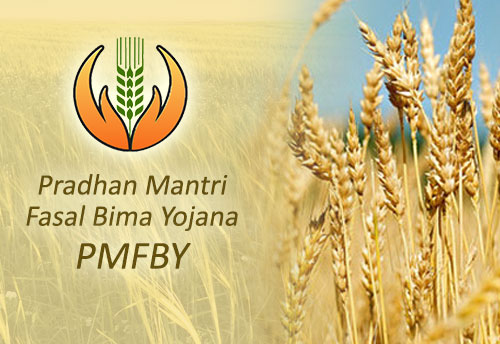
Pradhan Mantri Fasal Bima Yojana (PMFBY) is the government sponsored crop insurance scheme that integrates multiple stakeholders on a single platform.
Objectives
1. To provide insurance coverage and financial support to the farmers in the event of failure of any of the notified crop as a result of natural calamities, pests & diseases.
2. To stabilise the income of farmers to ensure their continuance in farming.
3. To encourage farmers to adopt innovative and modern agricultural practices.
4. To ensure flow of credit to the agriculture sector.
- Gramin Bhandaran Yojna
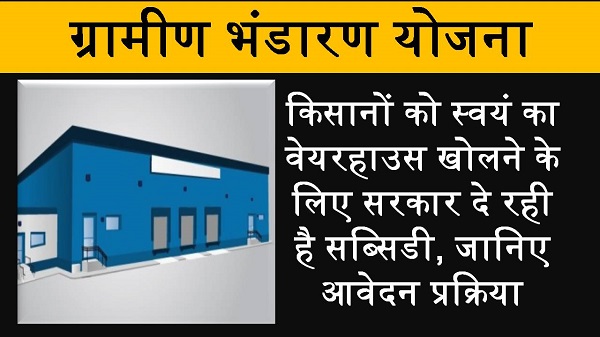
Objective of this Scheme:
- Create scientific storage capacity with allied facilities in rural areas.
- To meet the requirements of farmers for storing farm produce, processed farm produce and agricultural inputs.
- Promotion of grading, standardization and quality control of agricultural produce to improve their marketability.
- Prevent distress sale immediately after harvest by providing the facility of pledge financing and marketing credit by strengthening agricultural marketing infrastructure in the country.
- Livestock insurance Scheme
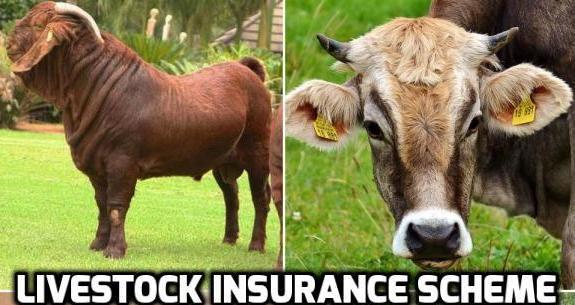
This scheme aims to provide protection mechanism to the farmers and cattle rearers against any eventual loss of their animals due to death and to demonstrate the benefit of the insurance of livestock to the people and popularize it with the ultimate goal of attaining qualitative improvement in livestock and their products.
- Scheme on Fisheries Training and Extension
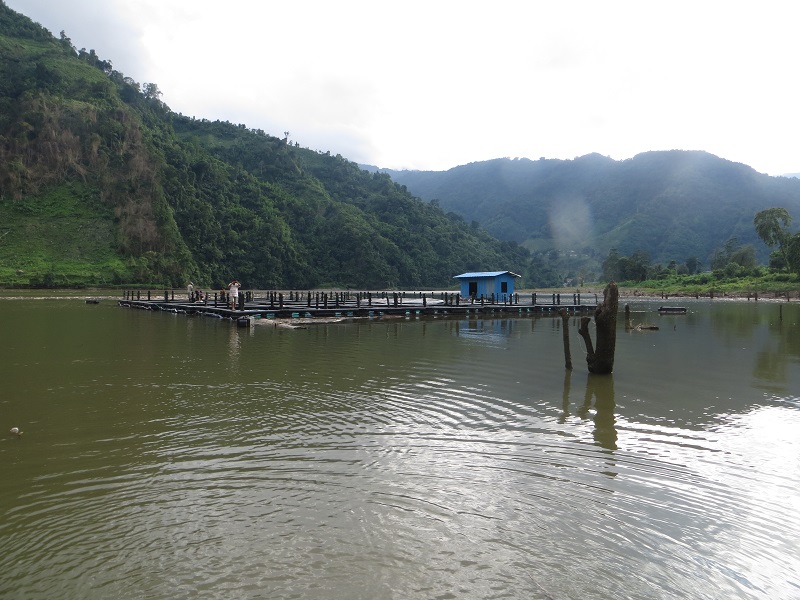
It was launched to provide training for fishery sector so as to assist in undertaking fisheries extension programmes effectively.
- National Scheme on Welfare of Fishermen
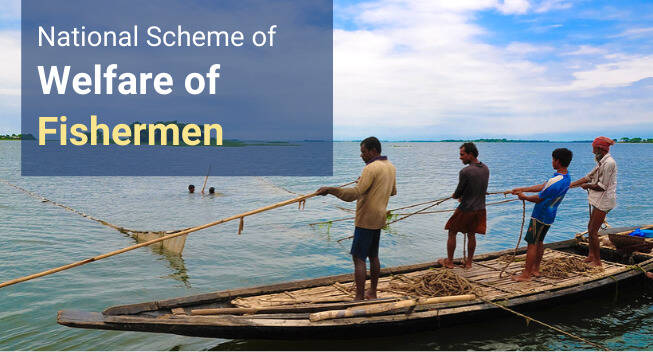
This scheme was launched to provide financial assistance to fishers for construction of house, community hall for recreation and common working place. It also aims to install tube-wells for drinking water and assistance during lean period through saving cum relief component.
- Micro Irrigation Fund (MIF)
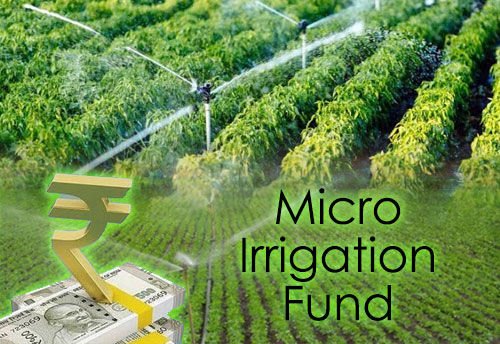
The government approved a dedicated Rs5,000 crore fund to bring more land area under micro-irrigation as part of its objective to boost agriculture production and farmers income.
The fund has been set up under NABARD, which will provide this amount to states on concessional rate of interest to promote micro-irrigation, which currently has a coverage of only 10 million hectares as against the potential of 70 million hectares.
